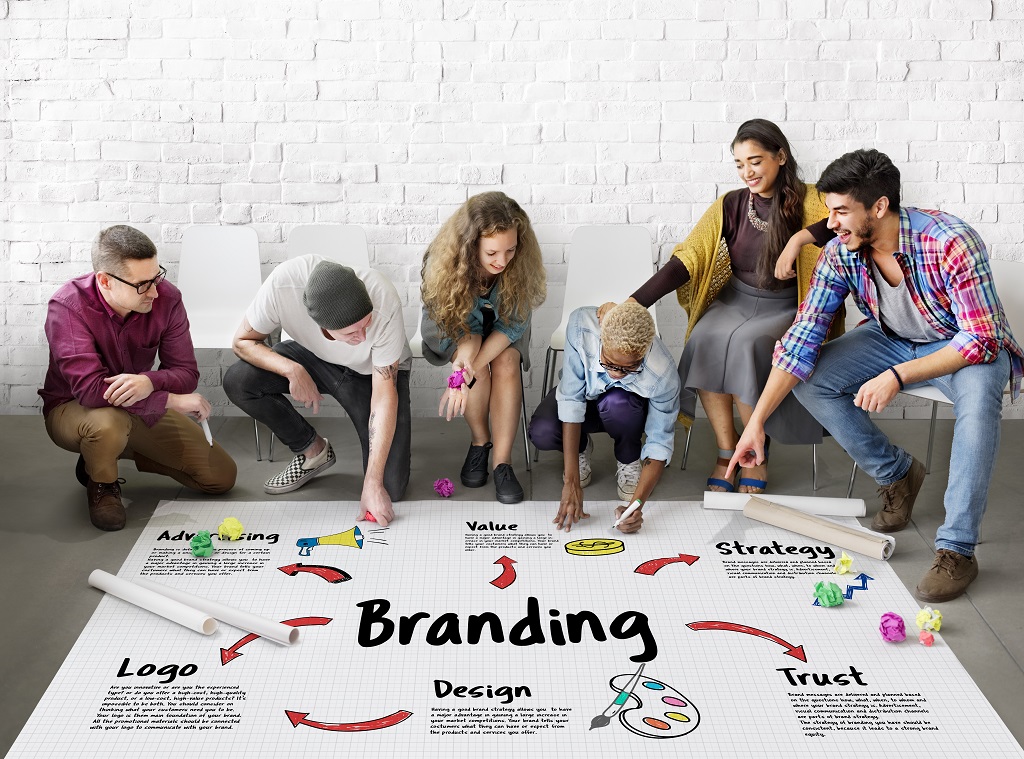
8 Facts You Didn’t Know About Brand Design
A brand identity is an important part of any successful business, from start-ups to long-established corporations. A strong brand identity creates trust in consumers, which can make or break a business, depending on how well it’s established and maintained. But even though every business needs some kind of brand identity, there are still lots of questions out there about how to create one. So we’ve put together this ultimate guide to creating a brand identity so you can learn the right way to approach creating your own unique and memorable brand! Here are 8 facts you didn’t know about brand design..
Cohesive Design
The foundation of any brand is its identity, whether it’s a company name or logo design. A cohesive design shows that an individual or company has a certain level of expertise—that they know what they’re doing and have a system in place to execute their vision. Consistency is key here, which means you don’t want to change up your colors or fonts every time you launch a new product. Think about Coca-Cola; can you imagine if each bottle had a different design? That certainly wouldn’t convey much brand equity. But by sticking with red labels over many years, Coke was able to build on its brand awareness for decades until it became one of America’s most iconic brands today.
How to Brand your Logo
When creating a brand identity, one of your first steps should be to create a logo. The logo is usually considered to be a company’s face, or its calling card. Though logos come in many shapes and sizes—think McDonald’s golden arches or Apple’s apple—they are all meant to be easily recognizable by potential clients and consumers. Some business owners attempt to design their own logos; others have professional designers do it for them.
Brand Consistency in Color
Color is one of your strongest tools for creating a brand identity that stands out. Your branding colors should be used consistently in everything you do, from print to web to packaging. Once you choose your colors, stick with them and don’t stray from them in any way—even if you’re getting heat from others who say it looks too much like something else or isn’t trendy enough.
Brand Consistency in Fonts
It’s hard to overstate how important fonts are to a brand. Think about it: What makes Coca-Cola, or Apple, or Home Depot recognizable? The use of familiar fonts. Part of creating a strong brand identity is making sure your company’s font choices remain consistent across all branding channels and touchpoints with customers. In fact, some brands have so much brand equity in their typeface that they can charge serious cash for you to use it for a little while (think Burger King). Carefully select your font pairing early on—you might be stuck with them forever.
Brand Consistency in Imagery
When it comes to a brand’s imagery, there should be some consistency between every major touchpoint of your brand (eg. Website, social media, advertising, packaging and so on). That way you know that whenever a person sees your brand image they’ll recognize it as belonging to you. But how do you maintain consistency when your audience expands? Here are 8 facts about branding that may come in handy for keeping track of your core identity.
Logo Longevity
Brand design is about so much more than creating a logo for your business. Logo longevity is all about taking an in-depth look at how long certain logos have been around, and what makes them so successful. Take a look at Nike’s swoosh. This logo first appeared back in 1971, although it wasn’t adopted as Nike’s primary logo until 1985. The swoosh has come to define all that Nike stands for: sports, fitness, motivation, and strength.
Simplicity is Key
A compelling brand should be easy to recognize and memorable. A good design is one that leaves a lasting impression on people. The first step in creating a strong brand identity is establishing who you are as a company, which may take some effort—you will need to know who your competitors are and what makes you different from them. Before you begin designing your logo, think about how you want your brand to make customers feel about using your products or services.
Legibility of the Logo
Legibility refers to how easily people can read and understand a logo. As legibility is important for every design element, it is especially important for logos. Keep in mind that even though a font looks good on your computer screen, if it is not readable at smaller sizes or across media types, then it could be a bad choice. Keep an eye out for fonts with ligatures (two or more letters connected) as these can become unreadable when scaled down. Some other considerations include kerning (spacing between letters), leading (line spacing), and letter forms which can make text difficult to read if they are too complicated or run together. Finally, don’t forget about iconography – using relevant icons may lead your audience to recognize a brand more quickly than words alone would.


